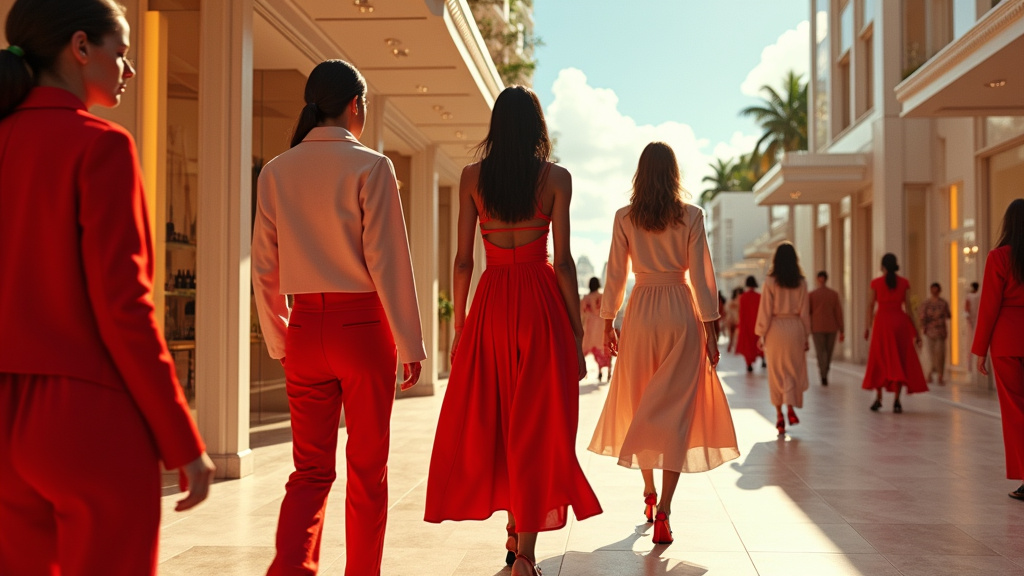Consumer brands are on the cusp of surpassing the luxury sector in market share for the first time since 2010, a significant shift attributed to a confluence of economic uncertainty, evolving price strategies, and changing consumer behaviors. The luxury market, historically resilient, is experiencing a notable slowdown, particularly within the United States, with specific vulnerabilities emerging, such as luxury clothing facing potential headwinds from anticipated U.S. import tariffs.
Shifting Tides in Consumer Spending
The projected growth for consumer brands signifies a broader recalibration of spending priorities. As economic forecasting becomes more cautious, consumers are reassessing their discretionary spending. This environment favors consumer brands that can effectively position their offerings, especially as they increasingly adopt a strategy of premiumization. This involves introducing higher-end products and enhancing perceived value, effectively blurring the lines between traditional mass-market and luxury segments.
Price Increases Signal Premiumization Trend
Evidence of this premiumization strategy is visible in average price point increases across key markets. In Europe, the average fashion item price is expected to climb from $41 in 2023 to $45 by 2025. Similarly, in the U.S., this figure is projected to rise from $57 to $64 over the same period. Major players in the fast-fashion and accessible retail space, such as Zara and Uniqlo, are actively expanding their portfolios within the mid-to-high price segments, catering to consumers seeking elevated quality and design without venturing into ultra-luxury price brackets.
Broader Fashion Industry Dynamics
Beyond the major market share shift, the fashion industry continues to showcase diverse trends and developments. Cargo pants remain a prominent fashion item, reflecting a sustained interest in utilitarian and casual wear.
In the realm of high fashion, The Row’s ‘Dune’ sandals have captured significant attention, topping the influential Lyst Index, underscoring the enduring appeal of minimalist yet statement-making footwear.
Victoria’s Secret has confirmed plans for its highly anticipated 2025 show, signaling a continued presence and potential revitalization for the iconic brand.
Investment in manufacturing capabilities is also a key theme. TechnoSport has announced a significant investment in an Indian activewear factory, highlighting the growing importance of global supply chain diversification and the expanding potential of emerging manufacturing hubs.
Among established brands, the SMCP Group, which includes accessible luxury labels like Sandro, Maje, and Claudie Pierlot, has reported strong sales growth, further demonstrating the resilience and appeal of brands that occupy the space between mass-market and high luxury.
Sustainability Takes Center Stage
In a significant move towards environmental responsibility, the Fashion Impact Toolkit has been launched. This initiative aims to promote sustainability throughout the textile industry, providing resources and frameworks for brands to improve their environmental footprint and ethical practices. This development reflects a growing awareness and demand from consumers for more conscious consumption.
The convergence of economic factors, strategic pricing adjustments by consumer brands, and a heightened focus on sustainability appears to be reshaping the retail landscape, paving the way for consumer brands to achieve a milestone market position not seen in over a decade.





